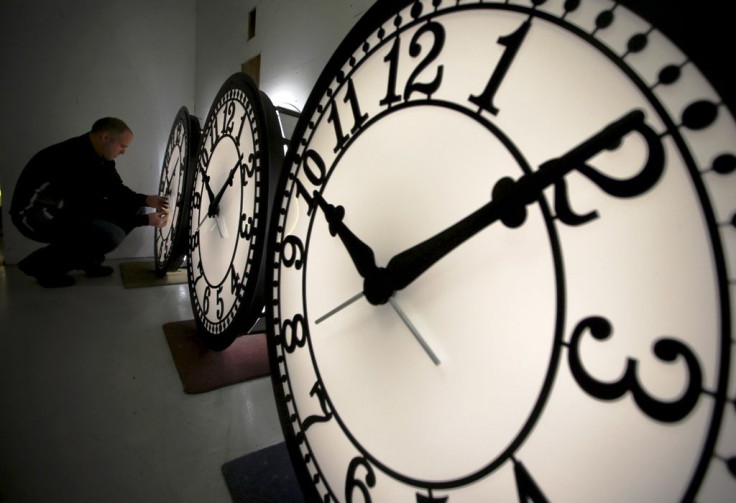When Is Daylight Saving Time 2023? Why We Change Clocks To Spring Forward
As the temperature begins to rise, daylight will begin sticking around a whole lot longer. Daylight Saving Time ends Sunday at 2 a.m. when clocks will spring forward, and many Americans will lose an hour of sleep.
For decades, residents across the country have set their clocks back by one hour in the fall and forward by one hour before the arrival of the spring season. The practice allows for more daylight during the winter mornings and longer days in the summer.
Daylight saving time occurs on the second Sunday in March and ends on the first Sunday in November.
Hawaii and Arizona are the only states that don't observe the practice. Other territories that skip daylight savings include Puerto Rico, Guam, American Samoa, and the Virgin Islands.
The time change has come under fire over the years, and on March 2, a bipartisan group of 12 senators reintroduced legislation that would make daylight saving time permanent. The move comes almost a year after the Senate unanimously voted to end the time-changing practice.
Although the "Sunshine Protection Act" passed the Senate in March 2022, it failed in the House of Representatives due to debates over whether to keep permanent daylight saving time or standard time.
However, senators are hoping for better results the second time around. "Changing the clock twice a year is outdated and unnecessary," said Sen. Rick Scott, R-Fla,
"We need to get it all the way over the finish line this time. It's time for Congress to act and pass this good bill today."
Benjamin Franklin is credited with inventing daylight saving in the 18th century after advocating for people to work during daylight and sleep at night. At the time, the concept allowed people to save money on candles.
Daylight saving time didn't become official in the U.S. until 1966 following the passage of the Uniform Time Act. Nowadays, it allows people to conserve energy. Since the sun sets later, it's presumed that people will stay out to enjoy the daylight and spend less time indoors using electricity.
Although Congress has made several attempts to end daylight saving time. For now, the time-switching practice will continue.

© Copyright IBTimes 2025. All rights reserved.






















